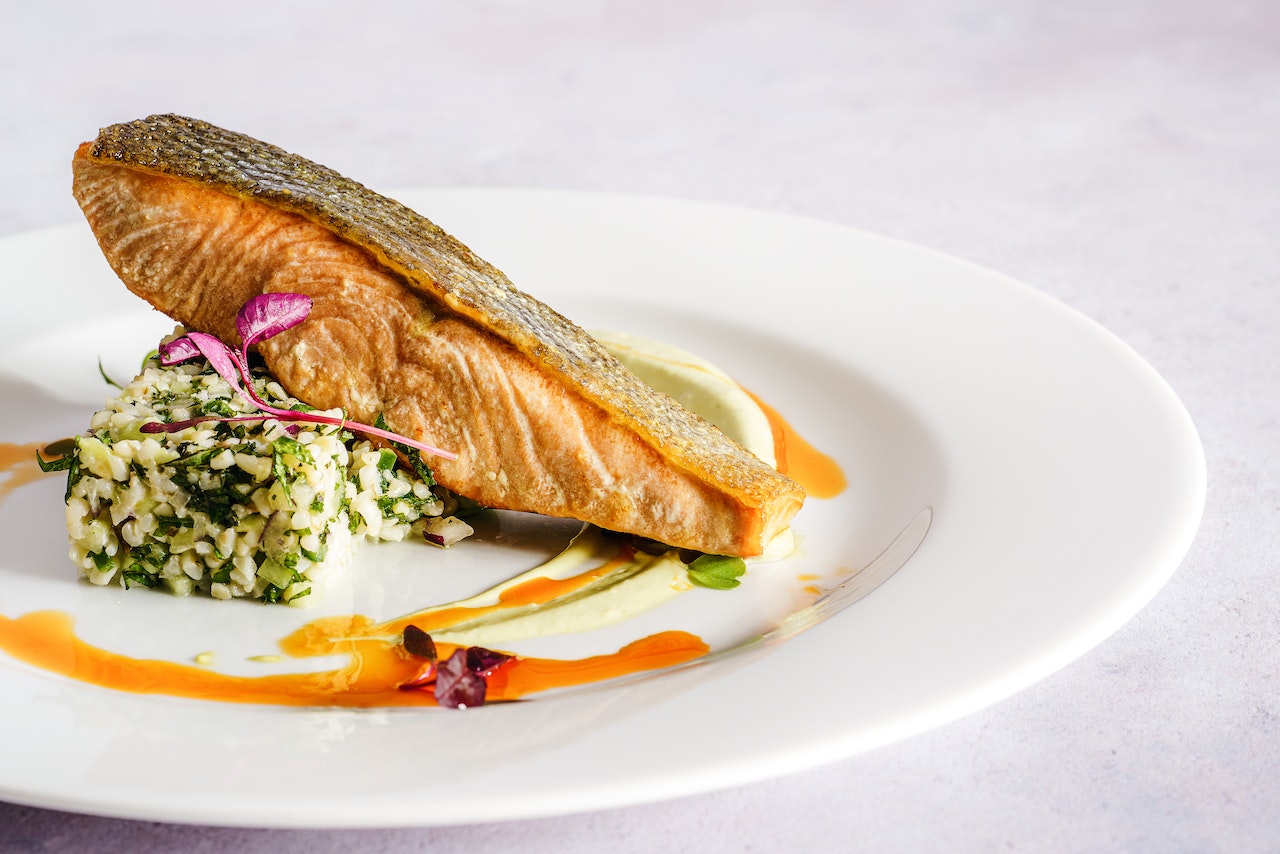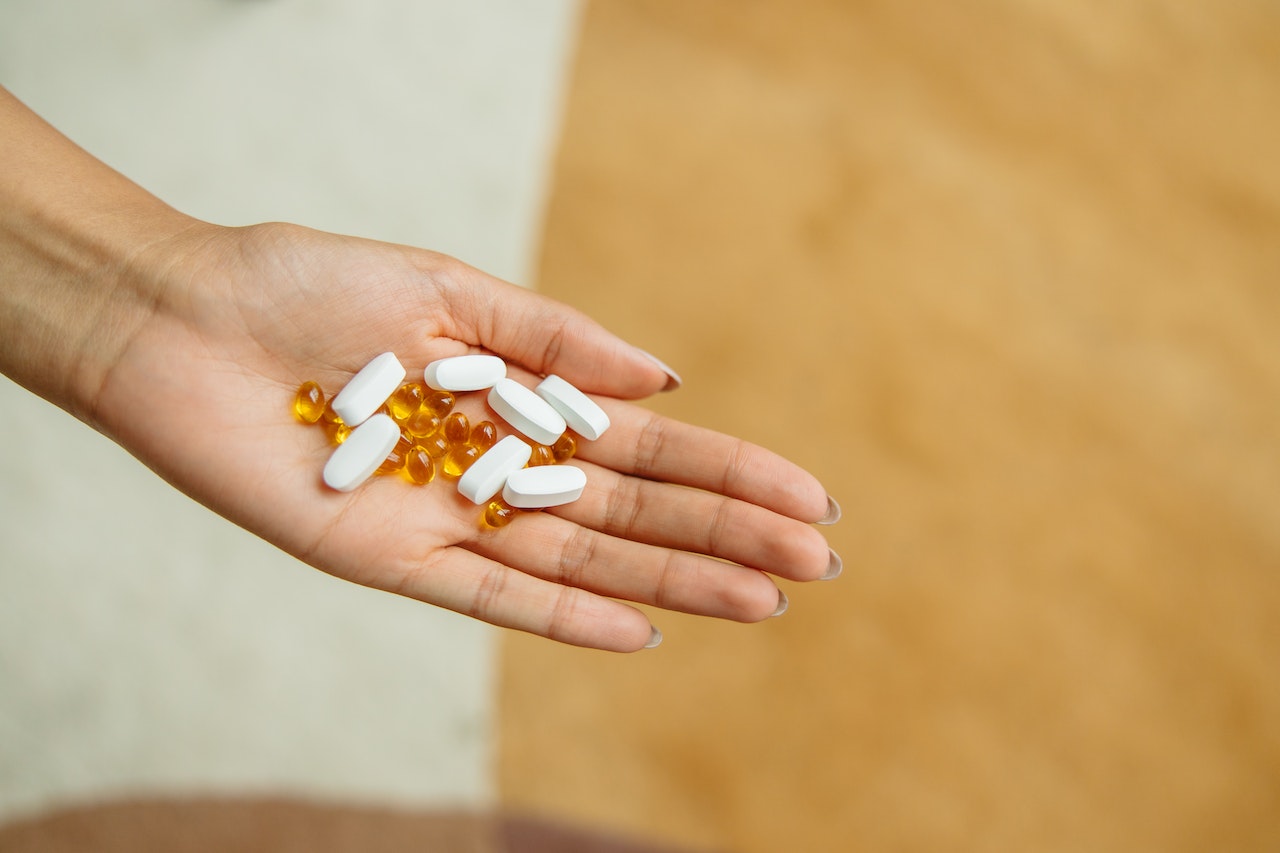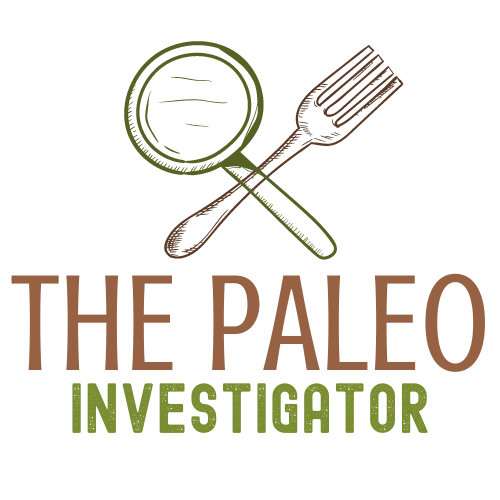Vitamin D is crucial to many biological processes, but the one people commonly discuss is bone building and maintenance. Yet, despite the essential nature of vitamin D, there is an existing global public health crisis involving low intake.
Research suggests that 13% of the world's population is deficient in vitamin D, meaning over 1 billion people worldwide have a deficiency. About 42%, or around 140 million, Americans are also vitamin D deficient.
Despite the alarming statistics, deficiencies are often reversible and preventable with a proper diet and physical activity. According to medical professionals, there are several things you can do to increase your intake of vitamin D and reduce the likelihood of deficiencies.
1. Soak Up the Sun

There is a reason vitamin D also goes by the moniker the sunshine vitamin. The sun is the best natural source of the vitamin.
There is specific cholesterol in your skin that is essentially a precursor to vitamin D. When exposed to the UV-B radiation of the sun the cholesterol transforms into vitamin D.
Sun-derived vitamin D is better and more efficient than that from supplements and food sources. The vitamin D received from sun exposure can circulate in the body twice as long as vitamin D from other sources.
Despite the superiority of sun-derived vitamin D, not all bodies can make the vitamin effectively. Several factors play into the body's ability to make vitamin D, including:
- Geographic location and season
- Skin age and tone
- Sunblock and clothing
2. Eat More Fatty Fish

To supplement vitamin D production, you can and should include dietary sources. Seafood and, specifically, fatty fish are among the richest natural food sources of vitamin D. For example, a serving of canned salmon can account for about 50% of your recommended daily intake.
Some reports suggest the type and species of the seafood or fatty fish may contribute to the amount of vitamin D you receive. For instance, wild-caught salmon may contain 25% more vitamin D than farmed salmon.
Vitamin D is present in various seafood. Some of the most popular nutrient-dense options include:
- Salmon
- Tuna
- Oysters
- Mackerel
- Anchovies
- Shrimp
- Sardines
3. Take a Supplement

If you do not spend enough time outdoors and are not a big seafood lover, consider taking a supplement. Supplements are practical options for people who do not or cannot get enough natural vitamin D.
Vitamin D comes in two forms, plant-based ergocalciferol (D2) and animal-based cholecalciferol (D3). Studies suggest D3 is more effective at maintaining and raising vitamin D levels, so look for supplements that include it.
Also, the United States does not regulate nutritional supplements. To ensure vitamin quality, use only those supplements tested by third-party organizations, such as:
- U.S. Pharmacopeia (USP)
- ConsumerLab.com
- Banned Substance Control Group (BSCG)
- Informed Choice
Whenever possible, choose a natural source of vitamin D, such as the sun or seafood. Natural sources can provide a more potent and effective dose of the vitamin. However, there is nothing wrong with supplementing your diet, as long as you do your research and opt for only quality supplements.
